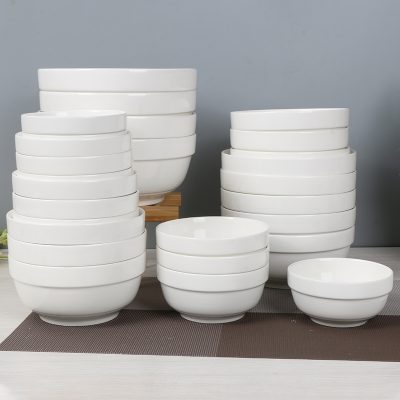The drying of ceramics is one of the very important processes in the production process of ceramics. Most of the quality defects of ceramic products are caused by improper drying. The drying of the ceramic industry has experienced natural drying, chamber drying, and now continuous dryers with various heat sources, far-infrared dryers, solar dryers and microwave drying technologies. Although drying is an industrial process with relatively simple technology and wide application, it not only affects the quality and yield of ceramic products, but also affects the overall energy consumption of ceramic enterprises. According to statistics, the energy consumption in the drying process accounts for 15% of the total industrial fuel consumption, while in the ceramic industry, the energy consumption for drying accounts for far more than the total fuel consumption, so the energy saving in the drying process is related to the enterprise. Energy saving event. The drying speed of ceramics is fast, energy saving, high quality and no pollution are the basic requirements for drying technology in the new century.
The mechanism of ceramic drying process
Moisture in the green body
The moisture content of the ceramic body is generally between 5% and 25%. The combination of the body and the moisture, the change of the material during the drying process and the factors affecting the drying rate are the theoretical basis for analyzing and improving the dryer. When the green body is in contact with the still air of a certain temperature and humidity, it is bound to release or absorb water, so that the water content of the green body reaches a certain equilibrium value. As long as the state of air remains unchanged, the moisture content achieved in the green body will no longer change due to the increase in contact time, and this value is the equilibrium moisture of the green body in the air state. The moisture lost by the wet green body reaching equilibrium moisture is free moisture. That is to say, the moisture of the green body is composed of equilibrium moisture and free moisture. Under a certain air state, the limit of drying is to make the green body reach the equilibrium moisture.
The water contained in the green body can be divided into physical water and chemical water. The drying process only involves physical water, and physical water is divided into bound water and unbound water. Unbound water exists in the large capillary tube of the green body, and it is combined with the green body to relax. The evaporation of unbound water in the green body is like the evaporation of water on the free liquid surface, and the partial pressure of water vapor on the surface of the green body is equal to the partial pressure of saturated water vapor at its surface temperature. When the unbound water in the green body is discharged. The particles of the material are close to each other, so the volume shrinks, so the unbound water is also called shrinking water. The bound water is the water that exists in the microcapillaries (diameter less than 0.1μm) of the green body and on the surface of the colloidal particles. The partial pressure will be less than the saturated water vapor partial pressure at the body surface temperature. During the drying process, when the partial pressure of water vapor on the surface of the green body is equal to the partial pressure of water vapor on the surrounding drying medium, the drying process stops and the water cannot continue to be discharged. At this time, the water contained in the green body is the equilibrium water, and the equilibrium water is The amount of bound water depends on the temperature and relative humidity of the drying medium. When the bound water is discharged, the volume of the green body does not shrink, which is relatively safe.






















